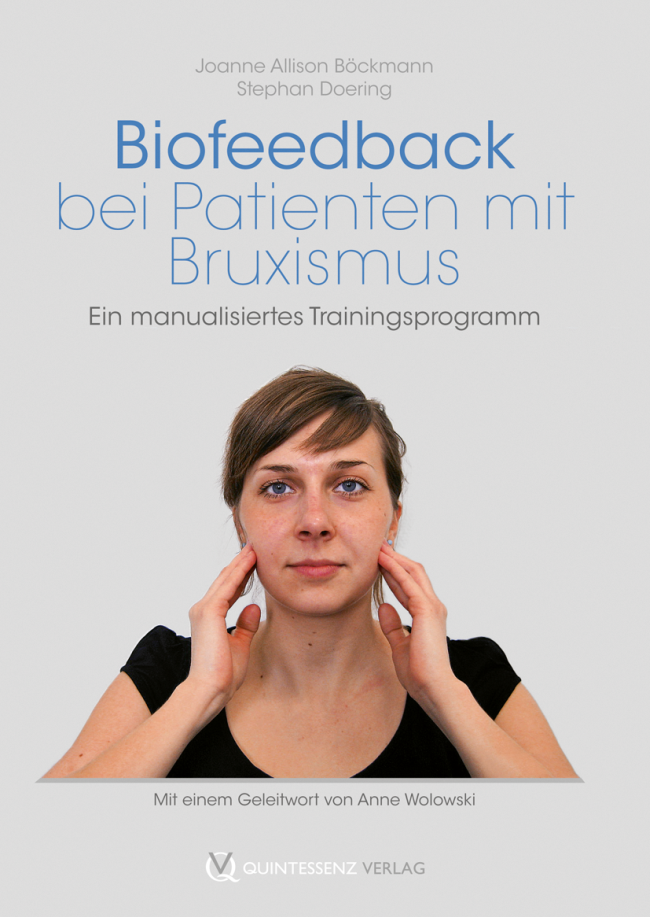Journal of Oral & Facial Pain and Headache, 4/2014
Seiten: 322-330, Sprache: EnglischReissmann, Daniel R. / John, Mike T. / Seedorf, Hartwig / Doering, Stephan / Schierz, OliverAims: To assess whether trait anxiety as a person's general disposition to be anxious is a risk factor for temporomandibular disorder (TMD) pain.
Methods: A total of 320 adult TMD patients with at least one pain-related TMD diagnosis according to the Research Diagnostic Criteria for Temporomandibular Disorders (RDC/TMD) were included in the study. Subjects from the general population without pain-related TMD were used as controls (n = 888). All study participants completed the State-Trait Anxiety Inventory (STAI). The association between the level of trait anxiety (STAI-Trait scores) and case-control status (patients diagnosed with pain-related TMD and controls) was analyzed using logistic regression analysis. Odds ratios (OR) with 95% confidence intervals (CI) were computed.
Results: The level of trait anxiety was associated with the subject status (case vs control). A one-point increase in STAI-Trait sum scores (range: 20 to 80) was related to an increase of the odds for pain-related TMD by the factor 1.04 (CI: 1.02-1.05; P .001). Severe trait anxiety (above the 90th percentile of general-population subjects) doubled the odds (OR: 2.05; CI: 1.42-2.98; P .001). Analyses adjusted for age, gender, and level of education did not change the results.
Conclusion: Trait anxiety is significantly associated with diagnoses of TMD pain.
Schlagwörter: pain, risk factor, temporomandibular disorders, trait anxiety
Journal of Oral & Facial Pain and Headache, 3/2012
Seiten: 181-190, Sprache: EnglischReissmann, Daniel R. / John, Mike T. / Schierz, Oliver / Seedorf, Hartwig / Doering, StephanAims: To test whether patients with temporomandibular disorder (TMD) pain differ from subjects from the general population with regard to their stress-related coping styles.
Methods: Consecutive adult TMD patients (n = 70) and adult subjects of a regional general population sample (n = 868), examined according to the German version of the Research Diagnostic Criteria for TMD (RDC/TMD), were included in this study. The inclusion criterion for TMD patients was at least one pain-related diagnosis according to the RDC/ TMD, while general-population subjects were excluded if they had any pain-related TMD diagnosis. Coping styles were assessed using a common and well-accepted German 114-item stress-coping questionnaire ("Stressverarbeitungsfragebogen" SVF 114). The coping style-TMD pain relationship was investigated using logistic regression analyses adjusted for possible confounders (age, sex, level of education), as well as the influence of psychosocial measures (RDC/ TMD Axis II). Odds ratios (OR) with 95% confidence intervals (CI) were calculated.
Results: Study participants who used fewer adaptive coping styles (OR = 0.47, CI: 0.26-0.83) and more maladaptive coping styles (OR = 1.55, CI: 1.05-2.29) were at greater risk for TMD pain. After adjustment for sociodemographic confounders, the coping style-TMD pain relationship changed only slightly in magnitude. In an analysis adjusted for sociodemographic confounders and psychosocial RDC/TMD Axis II measures, adaptive coping styles were even more profoundly related to TMD pain (OR: 0.27, 95 CI: 0.09-0.83), but maladaptive coping styles were less related to TMD pain (OR: 1.17, 95% CI: 0.51-2.72).
Conclusion: Differences in the applied stress-related coping styles of TMD patients and subjects without TMD may have implications for clinical decisionmaking and choosing among treatment alternatives.
Schlagwörter: coping, stress, temporomandibular disorders





